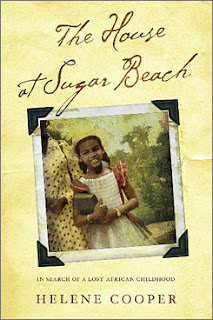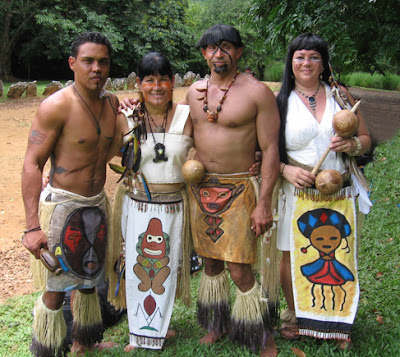Flamenco Dancing in Granada
It's a thrilling experience to watch flamenco dancing. The rhythms, the dramatic flourishes and chants capture you immediately. I climbed the steep cobblestone hills of Granada, Spain to watch a flamenco performance in the famous caves of Sacromonte. Formed around ravines and supplying striking views of the Alhambra Palace, this historic neighborhood is worth a visit even without flamenco but the dance and the music is closely tied to the area. The area was settled by Roma, Moors and Jewish people fleeing persecution. The derogatory term of gypsy is still used but Roma is the preferred name for these nomadic people who arrived from India in the 15th century. It's said that elements of Indian dance can be glimpsed in flamenco as well as Moorish and Jewish influences. What I recognized was the strong connection between cultural expression and systematic oppression. Many of the movements and phrasing reminded me of American blues culture and I think that there are many historical parallels.
The dancers vivid dresses were often raised to show their intricate footwork or zapateado.
The hand clapping looked effortless but palmeros weave intricate patterns around the baseline of each song. The audience was encouraged to join in the clapping but our claps were nowhere near as refined.
It was interesting to see a male dancer. Although the image of a flamenco dancer is usually a woman, men have always performed the dances and many of Andalucia's most famous flamenco artists are male. This dancer's moves were very fluid and quick, it was mesmerizing to watch his feet whirl around.
The echos of the percussive movements rang through the cave. The musicians who played behind the dancers were just as skilled and the overall effect was unforgettable. Some travelers feel that a visit to Sacromonte flamenco shows is a tourist trap but I think it's a special opportunity to learn more about a distinguished culture.








Comments
Greetings from London.